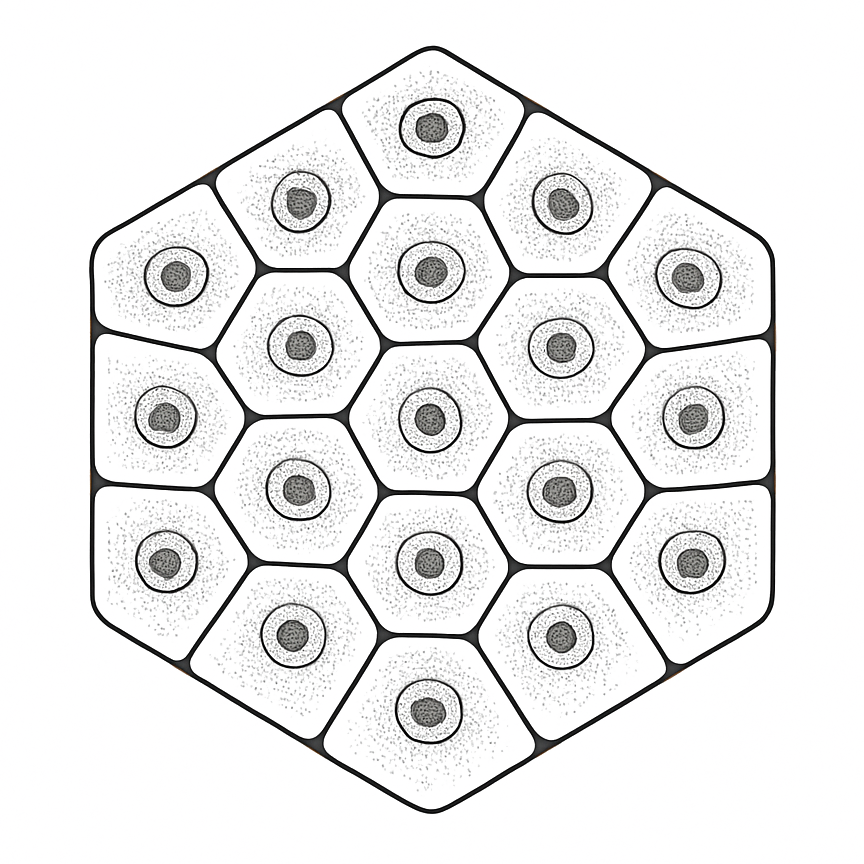Don't use Dermol 500 as a leave on moisturiser!

Dermol 500 is a widely prescribed antimicrobial emollient, often used for dry and itchy skin conditions like eczema. It moisturises the skin and helping to manage the bacteria that can worsen skin conditions. However, while it is an good soap substitute, I advise patients not to use it as a leave on moisturiser as it can cause irritant dermatitis.
What is the difference between Dermol 500 and other moisturisers?
The key difference lies in its active ingredients. Dermol 500 contains two antimicrobials: * Benzalkonium chloride * Chlorhexidine dihydrochloride
These ingredients are designed to reduce bacteria on the skin surface. It will also hydrate the skin and protect the skin barrier more effectively than soaps, shower gels or plain water which can dry the skin.
Can I use Dermol 500 as a leave-on moisturiser?
While it is licensed to be used as a leave-on emollient, I advise patients not to do this due to the risk of irritant dermatitis. The antimicrobial components when left on the skin can disrupt the barrier causing redness, soreness and irritation.
It is often best used as a soap substitute in shower - apply like a shower gel and was off immediately.
Why is Dermol 500 irritating my skin? The risk of irritant dermatitis
If your skin becomes more red, sore, or itchy after using Dermol 500, you may be experiencing irritant contact dermatitis. This is usually not an allergy (although it is possible to be allergic to these ingredients) but rather a direct irritation of the skin caused by an ingredient.
What are the signs Dermol 500 is causing irritation?
Look out for these signs, especially if they appear or worsen after application:
- A burning or stinging sensation
- Increased redness or inflammation
- Skin feeling tight and uncomfortable
- Worsening dryness or peeling despite regular use
- Itching that does not improve or intensifies
What should I do if I suspect Dermol 500 is irritating my skin?
The best first step is to stop using it as a leave-on moisturiser. Instead, try using it only as a soap substitute to wash with, and rinse it off immediately.
For your leave-on moisturiser, switch to a bland, simple emollient that does not contain any antimicrobial agents or other potential irritants like fragrances. Good alternatives for a leave-on moisturiser include Cetraben Cream, Doublebase gel or Epaderm Ointment.
How I can help
My NHS practice is at Guy's Hospital. I consult with private patients at several well-appointed and conveniently located sites across central London:
- London Bridge Hospital: Conveniently situated within The Shard, next to London Bridge station.
- Skin55 Ltd: Located at 55 Harley Street, this beautiful Edwardian building houses one of the largest private dermatology facilities in the UK with a comprehensive laser suite.
- OneWelbeck: Located close to Bond Street underground station. Mohs surgery, lasers, and other skin surgeries are performed in the state-of-the-art surgical suite here.
A new consultation is £250, a follow up consultation is £220. For more information on fees, please visit Prices.

